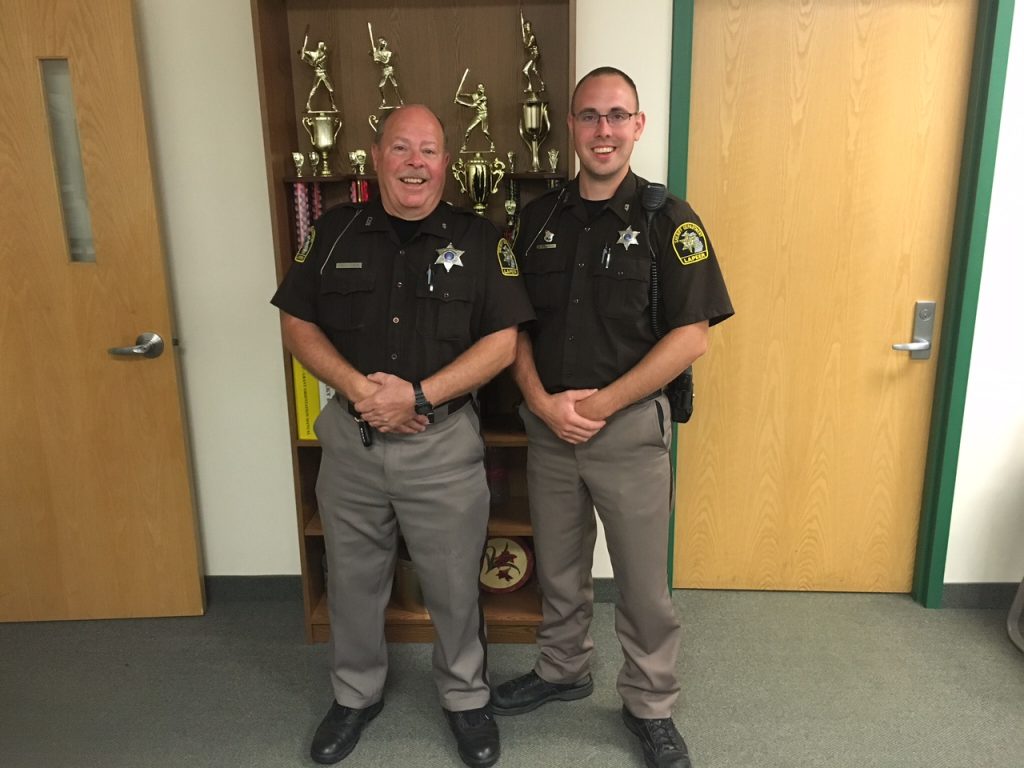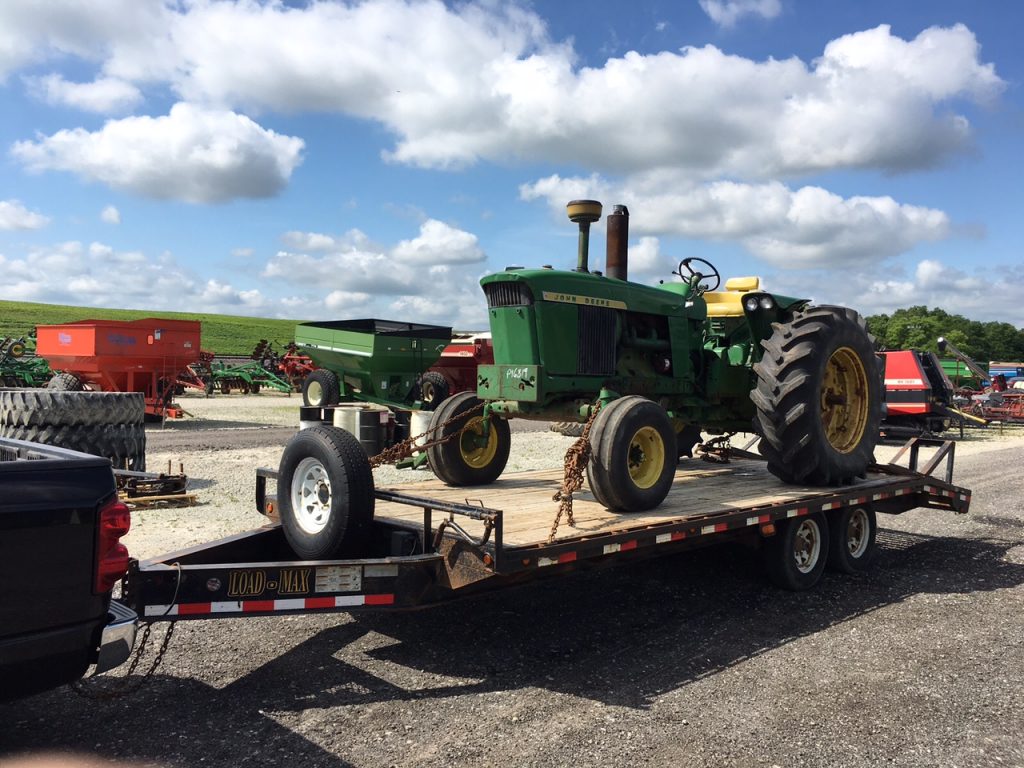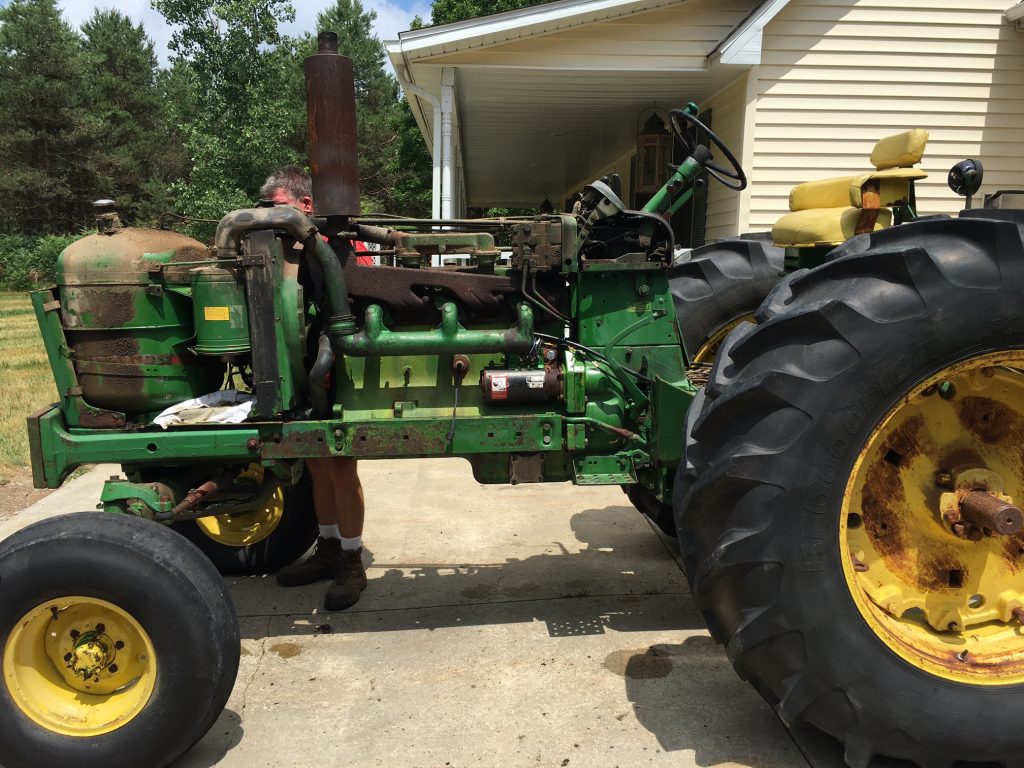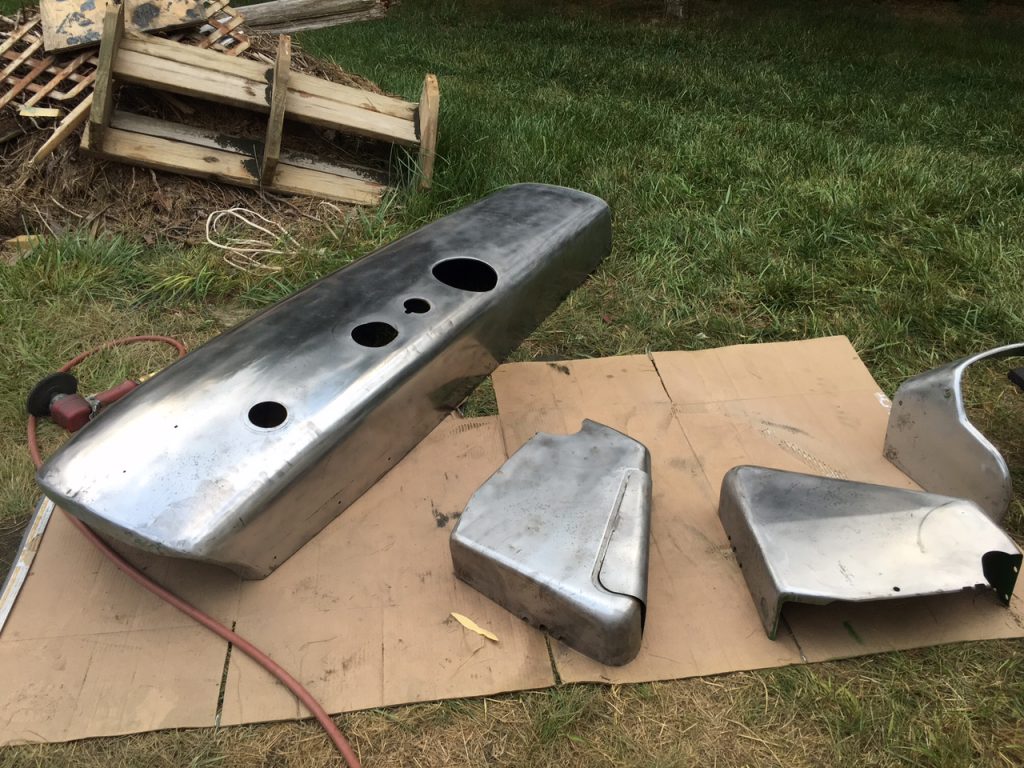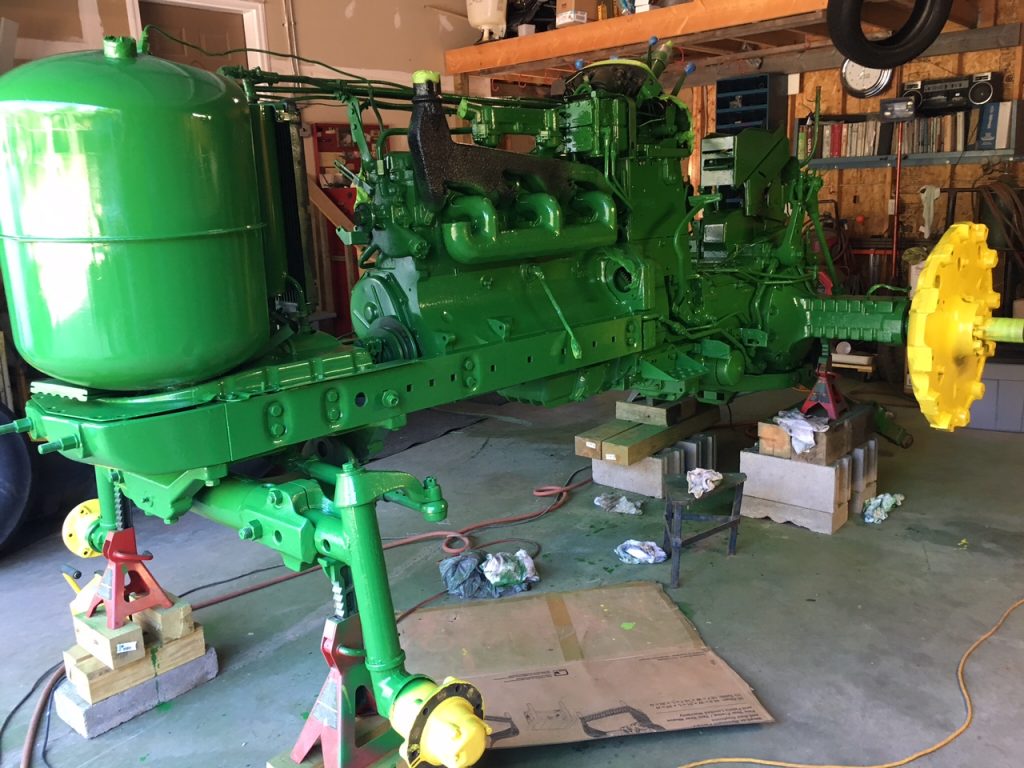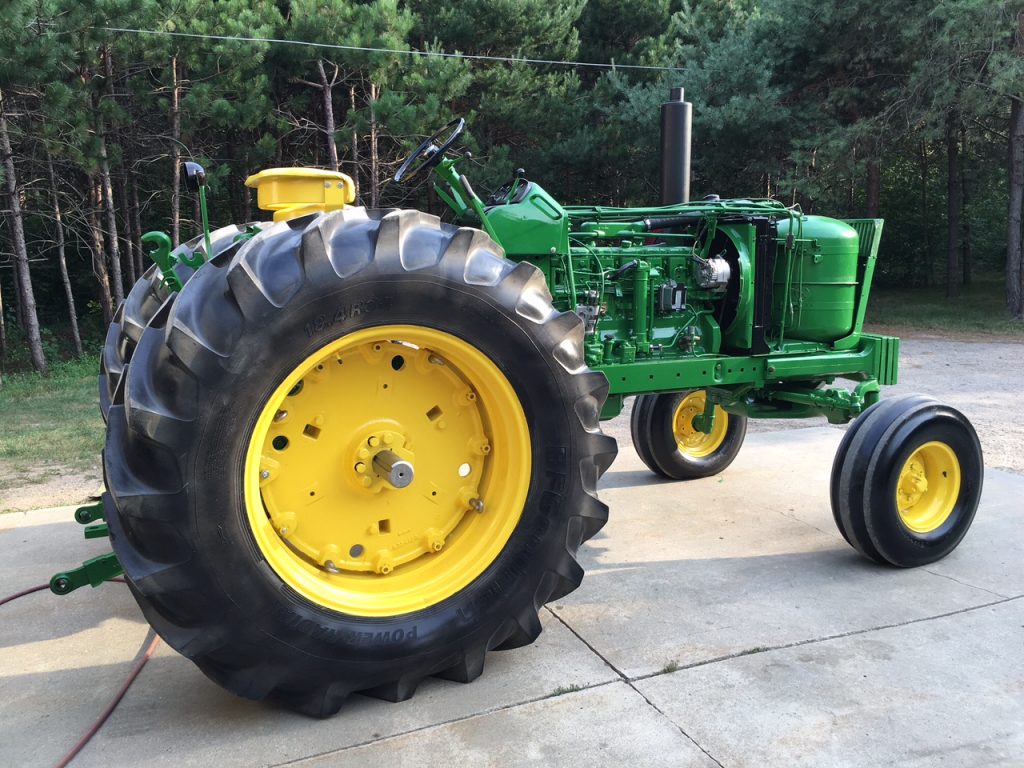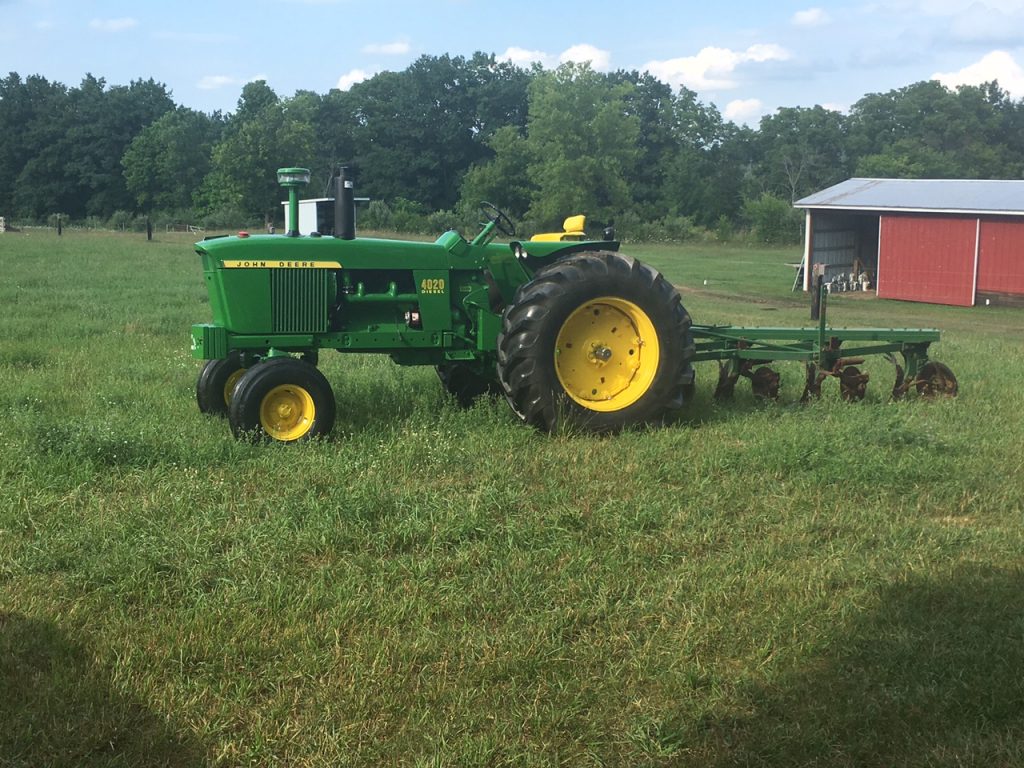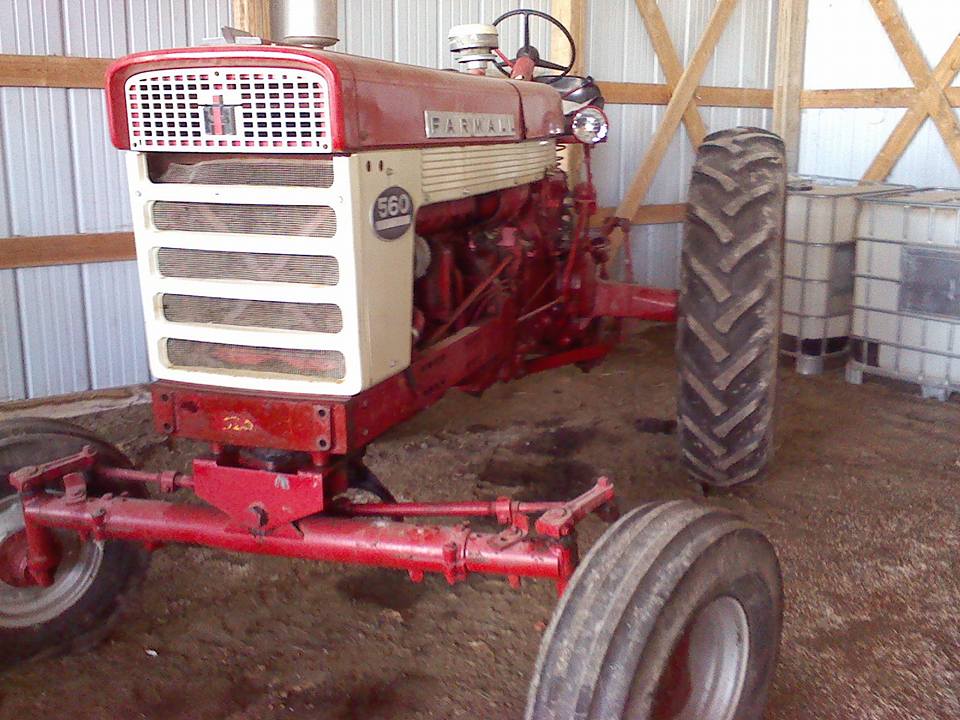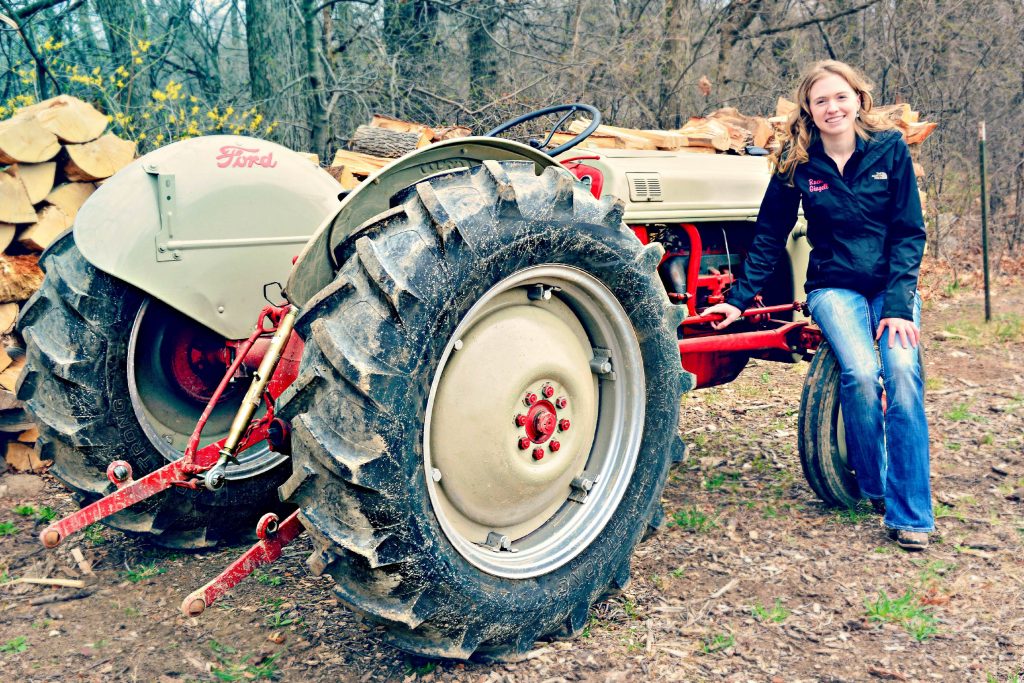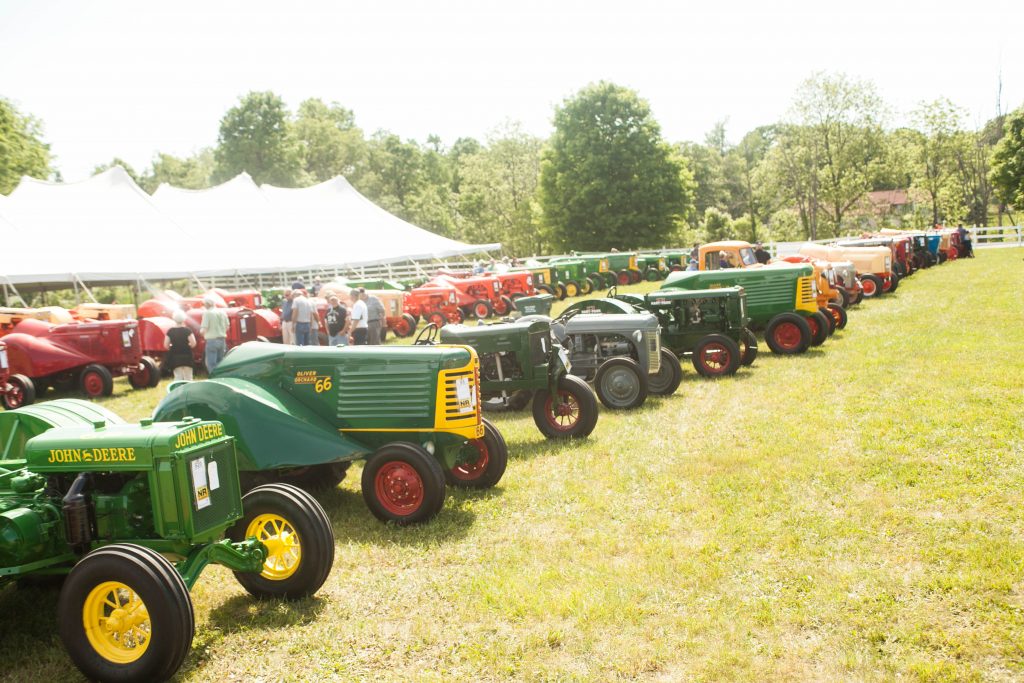
In honor of new beginnings, here are 5 new year’s resolutions that you’ll be happy to keep:
1.Drive your tractor once a week.
Even show tractors like to get out every once and awhile! The whole point of having gorgeous tractor collections is to enjoy them, so take the tractor for a spin. Not only is it good for your tractors (some especially need to be worked hard in order to stay in good condition), it’s good for your spirits to get outside in the fresh air. Need something to do? Add a blade and do some good deeds plowing snow in your neighborhood.
2. Get better deals on parts.
Let’s face it: owning tractors can be expensive. That’s why Steiner is here to help! Save money on parts by ordering aftermarket – we’d love to help you with your next project.
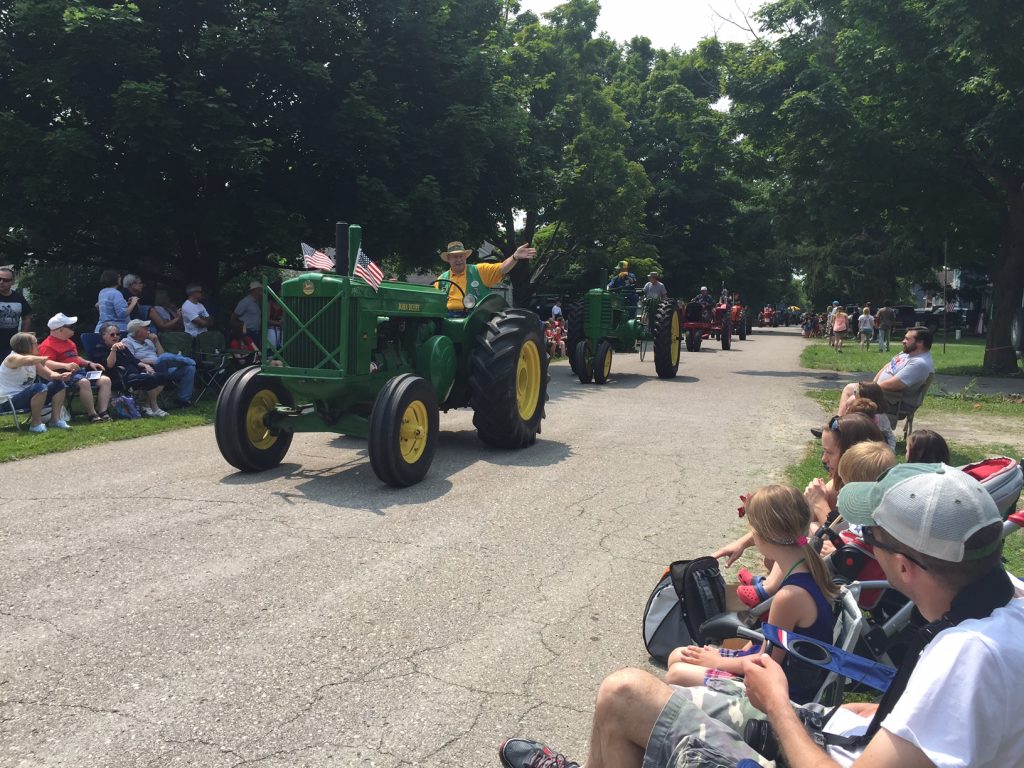
3.Take your tractor somewhere fun.
A show, a parade, a drive through the countryside – you decide! Your tractor doesn’t have to be parade-perfect to get out and have some fun. If you aren’t ready to take your tractor to a show, how about some community service? A local youth group might enjoy a hayride, or you could pull a float in a parade.
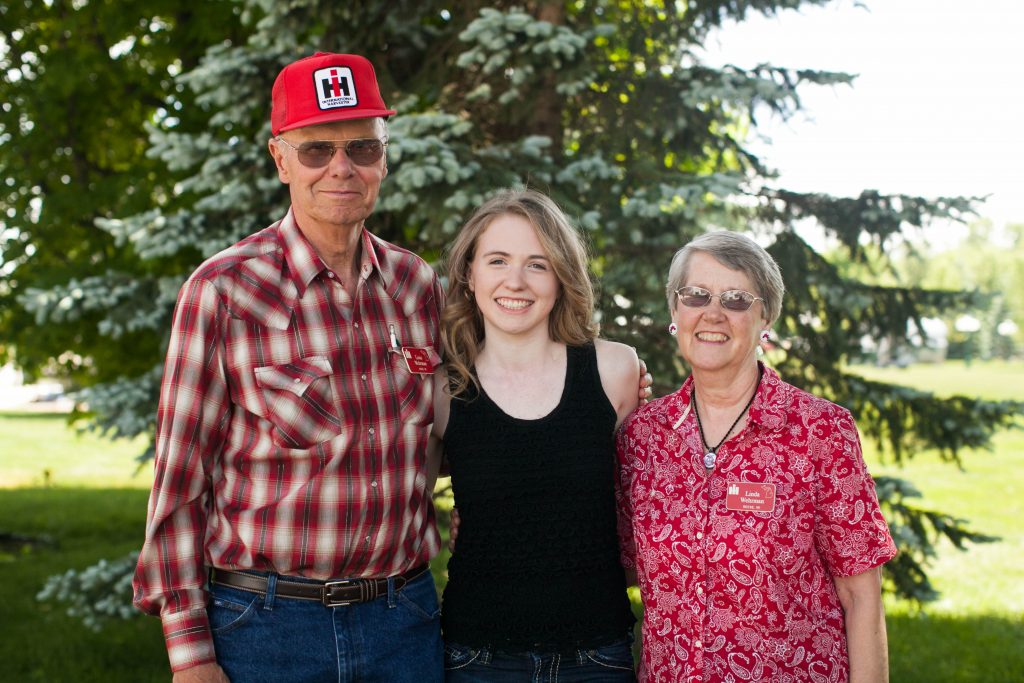
4. Join a club.
If you aren’t a member of a local tractor club, you could be missing out on some great friendships (like my friends Louis and Linda pictured above)! Get to know others in your community by joining a local association. You might even make an expert mechanic friend that can help you with that tricky problem you’ve been having.
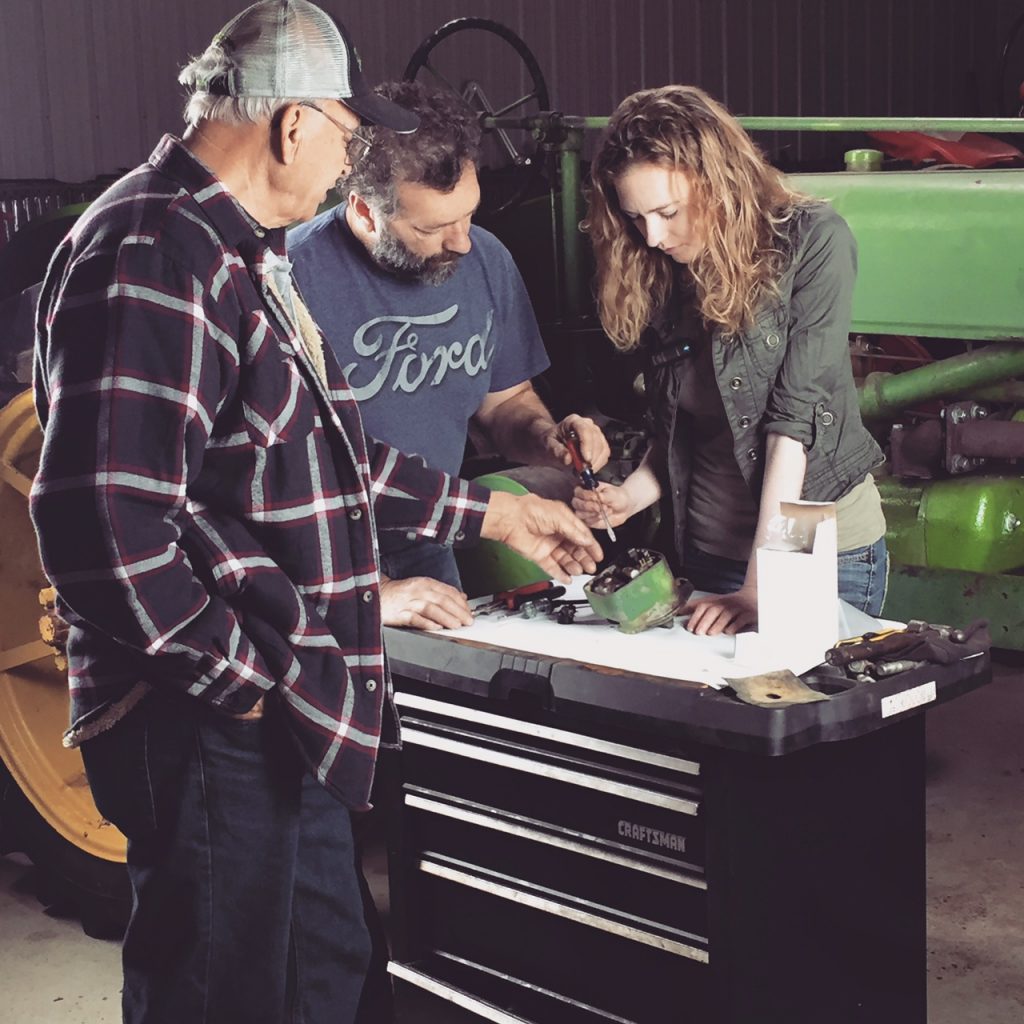
5. Share the joy with someone else.
Now more than ever, children and teens need adults in their lives who care about them and teach them useful skills. Plenty of young people are gifted at working with their hands but lack the tools and teachers they need to be successful. You can help by coming alongside a young tinkerer and showing them the ropes. There’s no way I would be the mechanic I am today if it wasn’t for my dad, grandpa, and family friends giving generously of their time to teach me. You can do the same for a young person you know!
How about you – what are your tractor-related New Year’s Resolutions? Share yours in the comments below.
